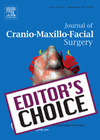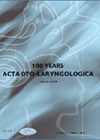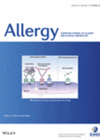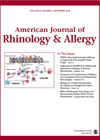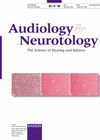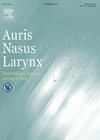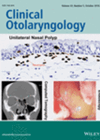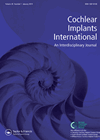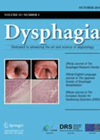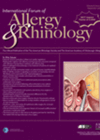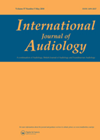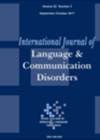
Journal Reviews archive for January 2019
The lateral neck cystic mass – diagnostic dilemma. Can HPV status help?
Solitary cystic masses in the lateral neck can present a significant diagnostic dilemma as they can be metastases from tumours of the oro or nasopharynx. This retrospective paper detailed all patients presenting to a university hospital in Germany, from September...
What works better for type 3 tympanoplasty?
This is a systematic review comparing incus transposition (IT) and partial ossicular replacement prosthesis (PORP). There is a total of 14 articles, obtaining 1055 patients: 614 for the IT group and 441 for the PORP group. All included patients had...
Zinc and rhinosinusitis
Patients with chronic rhinosinusitis (CRS) in general, and those with nasal polyps (CRSwNP) in particular, have been shown to have down-regulation of tight junction genes. Zinc, on the other hand, is well-known for its role in immune regulation and deficiency...
A novel way to reduce postoperative nausea and vomiting
This is an interesting RCT which evaluates the prophylactic effect of bilateral endoscopic injection of local anaesthetic in the sphenopalatine ganglion (SPG) on postoperative nausea and vomiting (PONV). It has a robust design, and is sufficiently powered and blinded, with...
Is there a role for hyperbaric treatment in sudden hearing loss?
Sudden sensorineural hearing loss is a common presentation to ENT departments with a significant difference in management both at a local and regional level. The authors seek to clarify the role of hyperbaric oxygen therapy in combination with oral and...
Laryngeal cleft in a 66-year-old man!
This is a fascinating case report of a 66-year-old man who presented with a carcinoma of the piriform sinus. During chemoradiotherapy, he developed dyspnoea, dysphagia and aspiration pneumonia. His chemoradiotherapy was stopped and he underwent a pharygnolaryngectomy. When the surgical...
Steroids for vocal cord mucus retention cysts
This is an interesting paper that describes the use of intralesional steroid injections to treat vocal cord mucus retention cysts. The gold standard is microlaryngoscopy and excision of the lesion. In patients who may be unable to undergo surgery, this...
Cognition outcomes after cochlear implantation – is there an improvement?
Older adults with a severe to profound hearing loss are more at risk of cognitive decline than adults of a similar age with milder losses or normal hearing. This poses challenges, not only in the assessment process, but also for...
Bothersome ‘burping’ – speech therapy may help
Most people experience belching as a normal phenomenon, often after eating or drinking carbonated drinks in particular. However, separate to this normal physiological phenomenon, some people experience belches that can occur much more frequently (up to 20 times a minute)...
Sinonasal undifferentiated carcinoma – slowly getting there
The rarest of the rare, sinonasal tumours form only a small part of the total number of head and neck tumours and undifferentiated carcinoma (SNUC) is one of the rarest of this group. There is some data (and some expert...
Hearing loss and social support
The aim of this above study was to investigate how perceived social support and the hearing loss handicap may be influenced by residency and demographics. A total of 106 participants were tested, 71 of them with hearing loss. Thirty of...
Strategies to improve early development of vocabulary post-cochlear implantation
Cochlear Implantation (CI) is now the standard of care for rehabilitation of children with bilateral severe to profound sensorineural hearing loss. It improves the children’s linguistic input and helps them to develop language. The literature published so far has shown...

